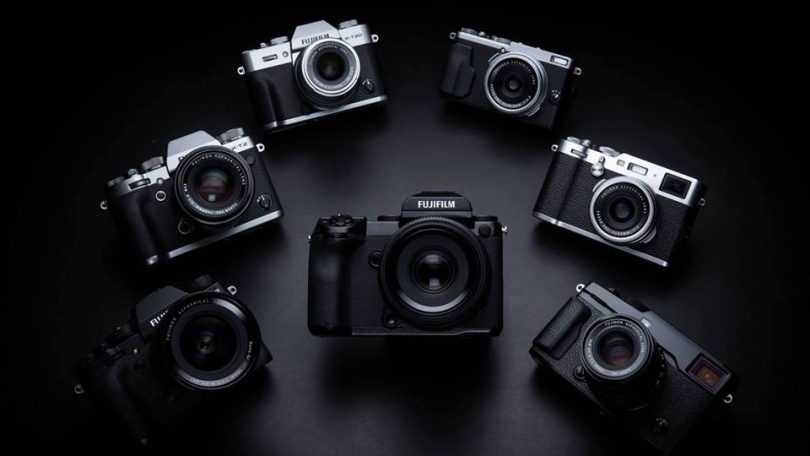Fujifilm talks about the future of photography: it reveals its lenses for the future and talks about the challenges the market will have to face in general to keep innovating. There will be two keywords: resolution and artificial intelligence
Fujfilm is certainly one of the most popular photographic companies innovating the photography market. Not only was it one of the pioneers of mirrorless cameras, but it also decided to stand out from the others by creating a very special sensor: the much loved and hated technology. X-Trans CMOS which makes use of a custom color filter capable – in theory – of reducing aberrations such as the moiré effect and improving the large of digital noise making it more similar to the “analog” of film. Not only that: the excellent quality and performance always at the top of the mirrorless camera bodies of the Fujifilm X series have been a great success among the public.
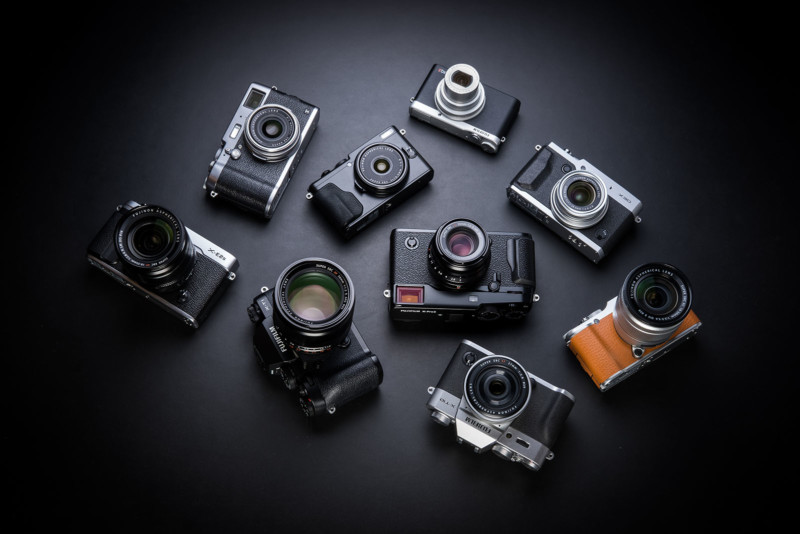
Some Fujifilm cameras of various ranges
Fujifilm: the medium format road
The most sparkling challenge launched by Fujifilm, however, is the one on the market of medium format. The presentation of Fujifilm GFX 50S, the first mirrorless camera with a 44 x 33 mm medium format sensor, has given a shock to the whole photographic world. For the first time ever a sensor of this size appeared on the market at a “low” price – under 10 thousand euros. Fujifilm has continued to push in this direction by building an entire system from scratch complete with optics and an even cheaper body, the Fujifilm GFX 50R. The latter shares the same sensor as the progenitor, but encloses it in a compact and even more economical body.
The real revolution will come with GFX 100, the first medium format mirrorless capable of competing with high-end mirrorless and Full Frame DSLRs. There is talk of a sensor from ben 100 MP with high performance phase detection autofocus and integrated sensor stabilization in the camera body. So how does Fujifilm stand towards the market and what challenges will it face in the future?
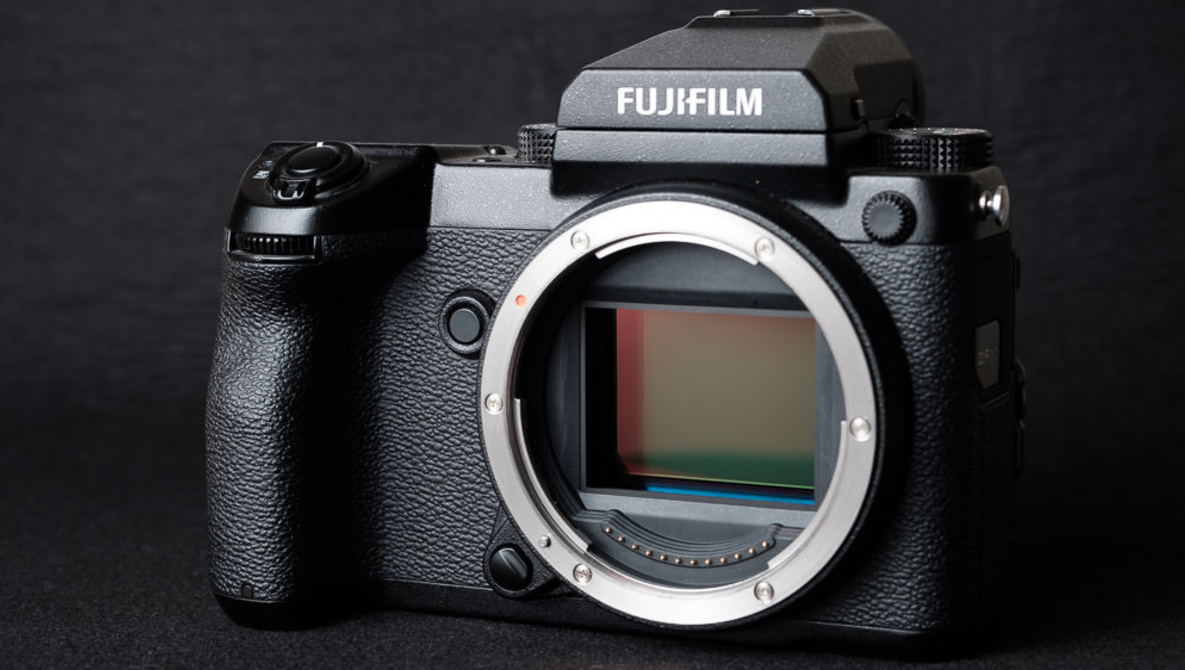
Fujifilm GFX 5OS, the progenitor of the medium format mirrorless family
Fujifilm: the interview and the future of photography
In an interesting interview given to the DPreview website by Fujifilm’s Product Planning Manager, Makoto Oishi, by the General Manager, Toshi Iida, e dal Senior Manager of the Sales and Marketing Group, Shin Udono, we talk about both the future of Fujifilm and the future of the photographic market, highlighting what will be the key sectors on the innovation or sensor resolution e artificial intelligence. We report below and comment on some salient features of the interview.
Do you have a target market for the Full frame + market?
Medium format cameras made up 1% of the market, but after introducing the GFX line, the medium format market doubled. This is a good start. So we don’t have specific goals, but our mission is to increase the numbers of the medium format market.
After introducing the Fujifilm GFX 50S, we checked what kind of customers were buying it, and around 70% of the buyers were from other brands. Mainly DSLR users. These users still maintain their existing systems and the GFX one comes alongside.
It is clear that the market has positively received theFujifilm’s gamble and this was obvious given the waste of resources that the company has decided to invest heavily also in the near future in the medium format sector. Still, however, the GFX system appears immature and niche because most users are unable to give up their reflex and mirrorless-based general purpose equipment. About 20% of GFX series buyers are professionals, the80% are amateurs. These data are once again a symptom of a system that is still a little immature and incomplete that greatly fascinates the enthusiast who dreams of a huge sensor, but finds the professional who evaluates the thing from a more objective and working point of view reluctant.
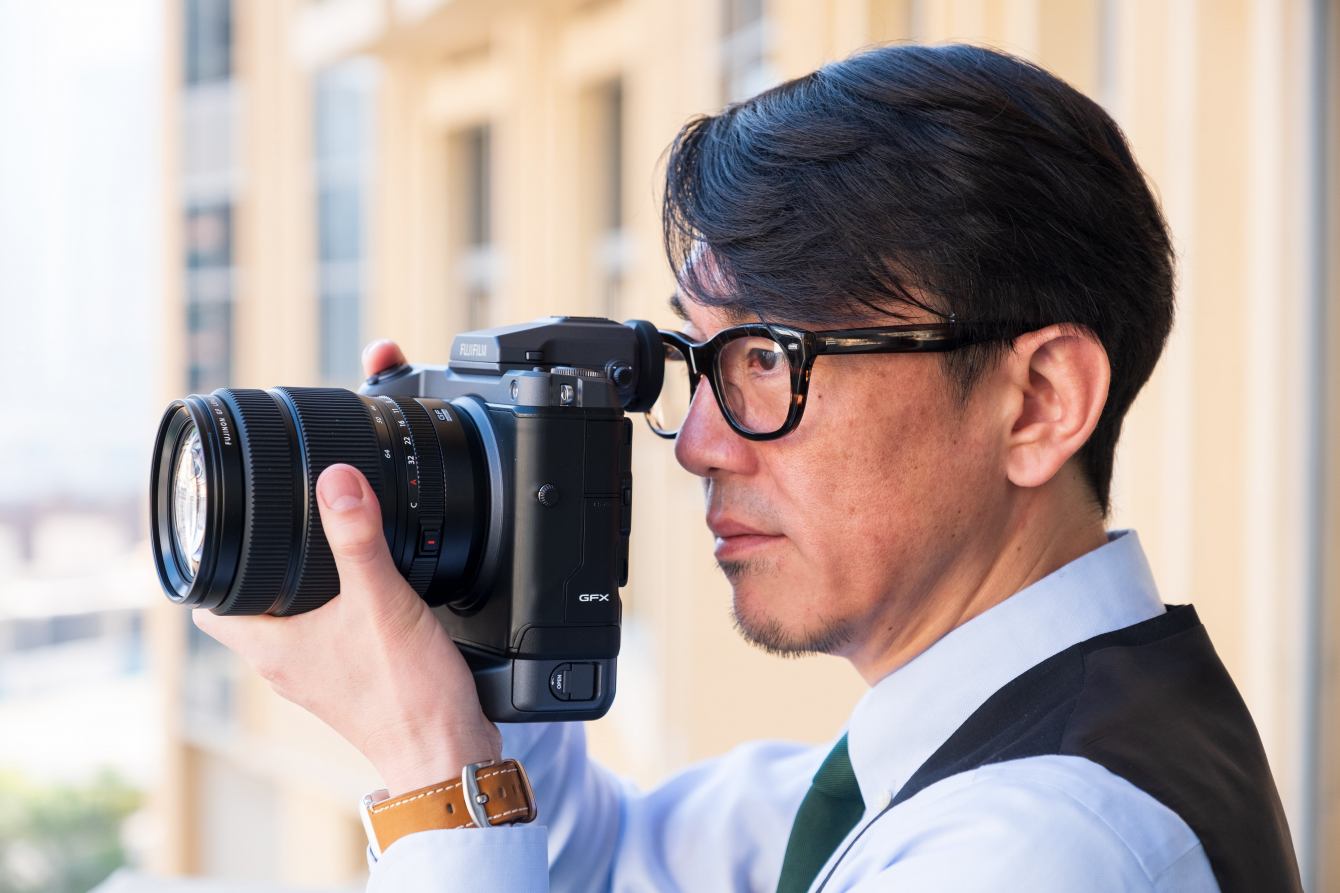
Makoto Oishi working with a Fujifilm GFX 100 prototype
What is Fujifilm’s goal with the GFX 100?
We hope it will be commercially successful, but more importantly we want to show photographers the future: the potential of medium format. I think Full Frame can probably reach 70-80 MP resolution, but we have to stay ahead by using a larger format. So it’s kind of a technological showcase, which shows our confidence in the format. The other side is that it is a good way to demonstrate the quality of our optics. Our GFX lenses were all originally designed for 100MP resolution.
The answer to the doubts raised above is therefore called Fujfilm GFX 100, the medium format mirrorless camera of maturity. Clearly Fujfilm has seen it long because Canon already seems to have a mirrorless with s in the pipelinevery high resolution ensor. One of the challenges of the future therefore concerns high-resolution sensors and Fujifilm did not want to be caught unprepared. GFX 100 will not only offer higher resolution, but also the ability to capture RAW images with a color depth of 16 bits per channel (usually 14) to capture much more information. The advantage will be seen especially in post-production – there are no screens capable of reproducing such a wide gamut – in the malleability of the files and in the recovery of noise.
Fujifilm has also been very far-sighted in lens design. By the way it once again closes the possibility of open the X-Mount to third-party manufacturers. Because? Perhaps to maintain a high quality standard, but the reason could be purely economic. While Fujifilm’s camera bodies are offered at very aggressive prices, the lenses cost slightly more than average. This paradigm encourages you to buy the camera bodies which then have to be combined with the lenses, where Fujifilm has the greatest gain.

A Fujifilm GFX 100 prototype shown recently at Photokina
What does Fujifilm need to do to become a leader in the APS-C industry?
Basically, we need to keep up with the development of new devices. New sensors, new processors and an updated lens range. This is the fundamental strategy. And I think the X-T3 is a classic example. Better focus, 4K 60p and so on.
We are positioning the APS-C against Full Frame because it is faster and more responsive thanks to the smaller sensor. So we’re focusing on speed, but of course image quality is also important. Versatility is the most important thing and we will continue to invest accordingly.
Fujifilm does not give up and after an excellent X-T3 who has made a clean sweep in the APS-C sector, seems intent on doing battle. On the one hand it arrays fast and compact APS-C mirrorless, on the other hand, the big and super-resolute medium format. A strategy I would say not bad, at the end of the day. Instead of creating different Full Frame models, camera bodies with different size sensors are created to make the most of their characteristics.
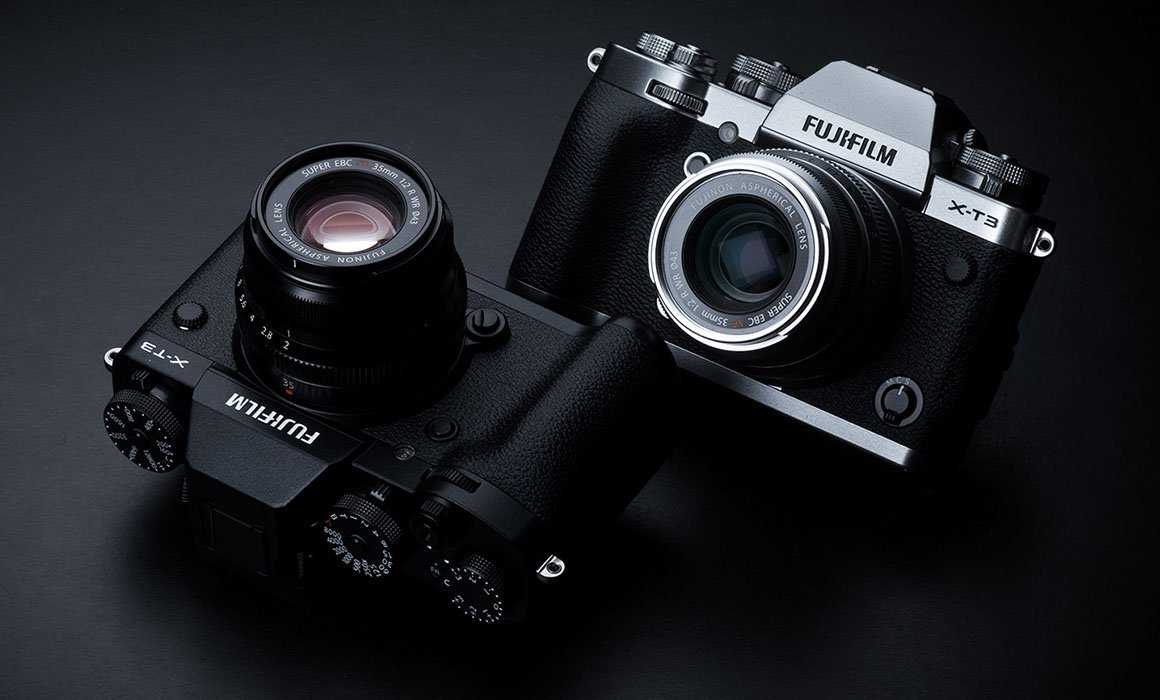
The magnificent Fujifilm X-T3, a gem in the APS-C segment
What do you think will be the next big revolution in digital imaging?
From a sensor point of view, everyone is talking about the global shutter. This is something that will come at some point in the near future. The other thing is the computational and Artificial Intelligence technologies implemented in the cameras. Probably these two things.
If those two technologies were available to you right now, what would they have allowed you to do?
The modular GFX! No, I’m just kidding. The global shutter would give us more freedom of design, no curtains – more compact then – things like that. It would increase the chances of recovery. Artificial intelligence and deep learning, which would allow photographers to just push the button and let the camera do it all, without worrying about controls, stuff like that. This is the kind of camera that could be created in the near future.
The global shutter it will surely be very close. Sony with his tecnologia stacked which integrates a memory layer in the sensors manages to obtain very high performance in terms of speed. Panasonic recently announced a professional organic sensor camera capable of implementing a global shutter sensor reading.
As for theartificial intelligence the situation is promising, but still a bit far from Fujifilm’s predictions. The large amount of images available today – which is constantly increasing – allows us to obtain the materials necessary to train the machine learning systems that will be able to support the photographer. Despite this, getting to the point where the photographer is left with only the burden of pressing the button – and concentrating only on the composition – is still very premature. The exposure of the shot is an integral part of the creative process and must reflect the photographer’s idea. So the camera will never be able to interpret it in an optimal way – at least until the machines read our minds – however in smartphones or low-end models, where often the creative process leaves room for the tip and shoot you could find more space. On the other hand, a very promising field is that ofautofocus supported by artificial intelligence. Many intelligent systems have been shown to be able to make accurate predictions about the position of moving objects.
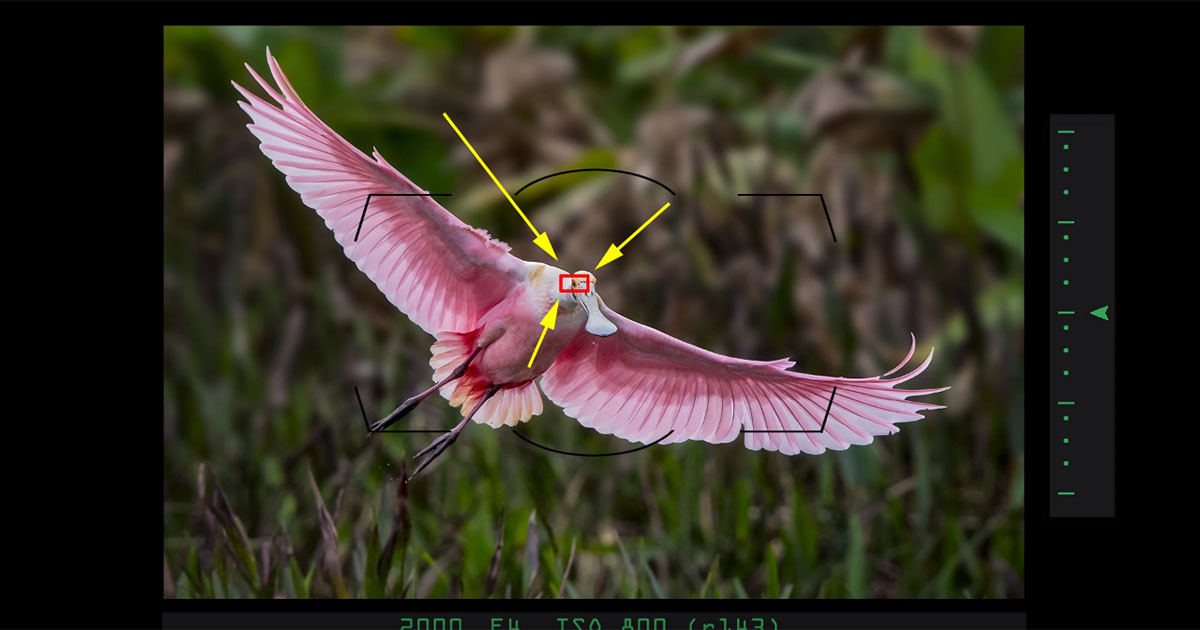
Autofocus is the mechanism that could greatly benefit from the use of artificial intelligence algorithms
This interview allowed us to take stock of the situation of the photographic world to prepare us for the releases of the future! That’s all from the photography section, keep following us for many other updates and insights!






